When competition goes too far: Criticism of Name That Book
TW: Discussion of suicide, homophobia, eating disorders, human trafficking, abuse, and death
I click through the new list of titles, each plot bringing a fresh drop of nausea to the horror rolling in my stomach. A girl has to find a way to keep her younger sisters safe from their abusive father in their look-the-other-way town before she leaves for college. A Catholic boy struggles with hating himself for being gay, complete with anti-queer slurs. A girl wrestles with an eating disorder (in graphic novel form, so every idea can bore itself that much further into my brain!). It’s going to be a long year.
I’ve participated in Name That Book almost every year I’ve been in public school. Read twenty-five books. Live them for nine months. Breathe their text. Fall asleep thinking through the titles and wake up reciting the point of view. Then, for two days in the far-off haze of March, I have each book drudged up through the murky waters of my homework-riddled brain by a spark of recognition when the competition runner says, “‘Binary. There are two kinds of people in the world.’ Name that book.”
But this year somehow feels even more nerve-wracking than the past as I scroll through an ever-overwhelming list of plots and concepts. This year, I’m the team captain. If we can’t handle the competition this year, it’ll be on me, and I know I want to win.
And this list, compiled from “state and national notable book lists as well as through recommendations from event sponsors from the prior year,” is doing nothing to ease my anxiety. It looks even more exhausting than last year. I sigh at the Goodreads page and make a note that Eat, and Love Yourself will have to be assigned to someone who’s able to handle a graphic description of a girl starving herself. I can already tell it’s not a book I’ll manage to make it through more than the once necessary for competition.
Reading is an immersive act. That’s one of the main appeals of being on a team that exposes you to incredibly diverse books–I put myself in the shoes of someone that I never realized could be a real person while knowing that this book was written out of someone’s experiences. It creates empathy for situations that I hadn’t considered. But sometimes, especially with heavy content books, the immersion is too much, and my mental health begins to suffer. I’ve ruined entire days by the first period because the book I started during advocacy, unbeknownst to me, had a character suffering a pain that hit a little too close to home. It begins with a headache and a pit in my stomach, and it spreads to words that stick behind my teeth because I’m just overthinking anyway.
For Name That Book, Goodreads, and plot summaries are godsends. At least then, I’ll start a book and know exactly what I’m getting into. But unfortunately, Goodreads and plot summaries don’t cover everything. Less than three weeks after school starts, a teammate comes up to me.
“Hey,” she says. “I’m supposed to read What Unbreakable Looks Like.”
These books have yet to become familiar friends, and that one, in particular, hasn’t found its way to my backpack yet. I’m drawing a blank. “Okay.”
“It’s just a lot, you know?”
Still nothing. Think, brain, think! “Yeah, of course. I’ll find someone for you to trade with. Anything, in particular, so I can warn the next person?”
She makes a face. “The rape is a little graphic.”
… I’m sorry, the what?
What Unbreakable Looks Like is a story about a girl trafficked by her stepfather’s friend. It has frequent, incredibly vivid flashbacks to her time as an underaged prostitute. Although it does eventually fade to black, it doesn’t exactly gloss over the issue the way we all halfway expected it to. I find another teammate who’s willing to read it (knowing exactly what will be in it, this time), and I make another note.
Two months later, it happened to me. I’m expecting Three Things I Know Are True to be about a girl taking care of her incapacitated brother who requires round-the-clock care. I’m not expecting that incapacitation to have originated from a self-inflicted gunshot wound to the head. I glance at the velvet black funeral dress still dangling in my closet, and I have to put the book down. When I finally finish it, nearly another two months later, I’m somehow not surprised that her brother dies at the end. I don’t speak until the following day when I choose another book and dive into a less personal torment.
I had to read it, I reason. I want to win, and I have to read the books if I want to win.
“How was it?” I ask another teammate who is replacing their book of the day on our communal shelf.
“Terrible,” comes the answer, not wholly unexpected. “It had so much potential, but it was really just about a pedophile and some surprise homophobia.”
I grit my teeth and get ready for another difficult read. It’s necessary, I remind myself, if I want to win.
At least, I think I want to win.
Even the books that I adore, even the ones that I purchase a personal copy of and enshrine on my bookshelf, are difficult to get through. In my opinion, The Liar’s Daughter is the best book of the year. Still, reading from the point of view of a girl raised by an abusive cult leader and still believes that he was right is painful and makes it all too obvious how easy it might be to get caught up in that mindset.
During the Name That Book season (a season I informally consider to begin when the book list is released in June and end after finals in March), I try not to read any books other than required readings for school and the ones on the list. I don’t want to risk making a mistake in the competition because I’ve read a book that sounds similar and mixed it up with a title in the competition. But this year, in particular, that goal is exhausting. In twenty-five books, there is virtually no reprieve. Even the positive messages the books intend to espouse fall relatively flat on the heels of the painful issues that are at their core. Dancing at the Pity Party, a book about a girl processing the grief of her mother dying of cancer in her sophomore year of college might be cathartic if it were the only book of its kind. But when Clap When You Land, Verify, and Killing November also deal with the aftermath of a parent’s death, the healing rain is drowned out by a tidal wave. Dancing at the Pity Party feels like another entry in the litany of literary descriptions of how the world is terrible.
I do something I’ve never done after November before in January: I read something else. The sappy fantasy romance is all I need to pull myself back together and read some more titles from the list.
I’m a senior this year. This will be my last competition. Regardless, if I had another year to give to Name That Book, I would be keeping it for myself. The thrill of the contest is breathtaking, and the team’s camaraderie is incredible. I wouldn’t trade the experience of years past for the world. But this year, the content of the books themselves, the cornerstone of the whole competition, has gone from heavy to crushing. It’s not worth it anymore.
I would like to be clear, I love Name That Book, and I would hate for the contest to be restricted from representing the types of literary voices that don’t often get heard. Every single issue represented by a book on the list is important. It should be discussed, from the human trafficking in What Unbreakable Looks Like to the police state in the comparatively tame 1984. However, I do wish organizers would look at their list in context and understand that asking high schoolers to devote their lives to twenty-five heartbreaking books might be asking a little too much of our hearts.
Carnegie’s Name That Book Team advanced to finals in first place. They will compete again on March 11th.
The books in this article, in order of mention:
Your donation will support the student journalists of Carnegie Vanguard High School. Your contribution will allow us to cover our annual website hosting costs and fund field trips, competition fees, and equipment. We appreciate your support!

Hi! My name is Brooke J Ferrell. I'm a senior who, if not writing, is usually rock climbing :)

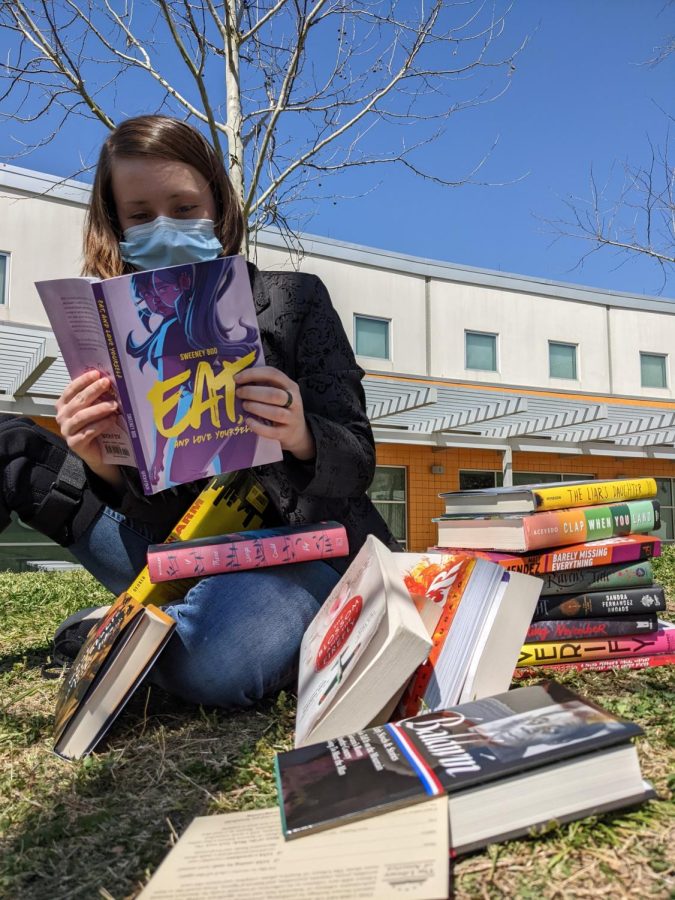
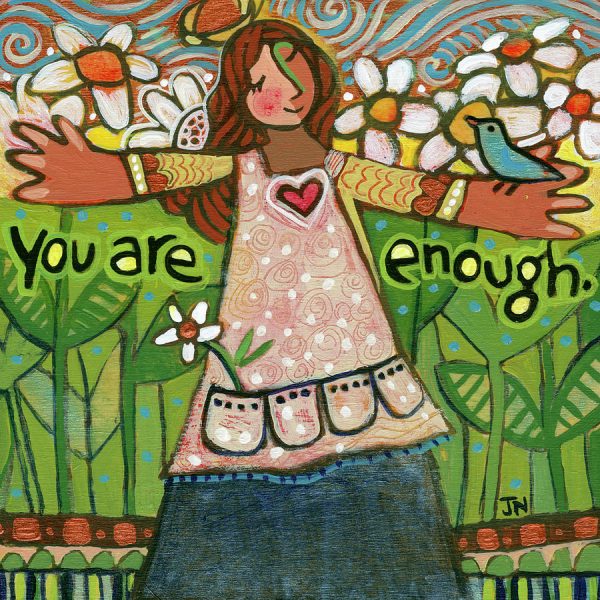
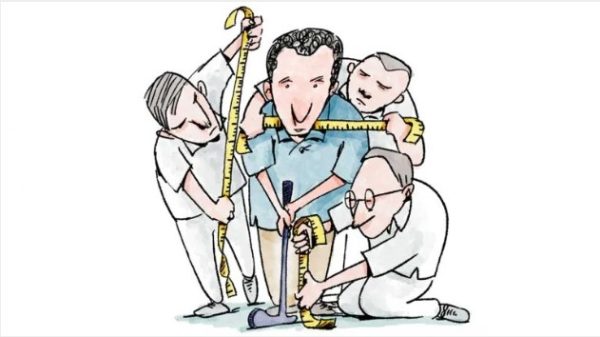


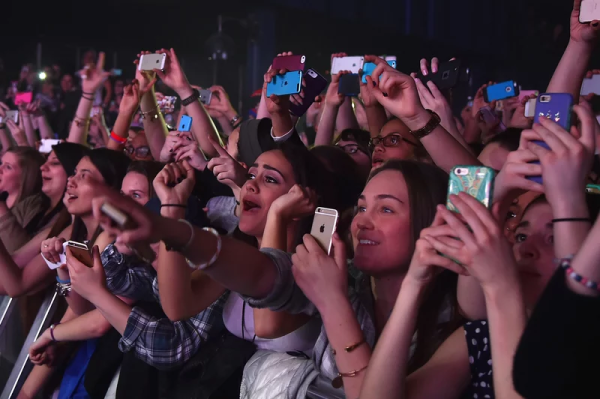


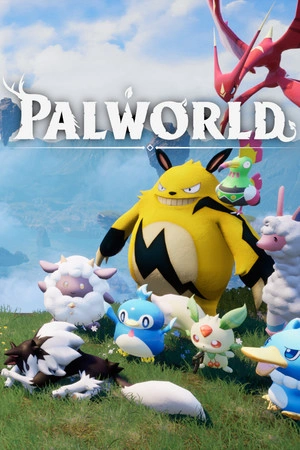

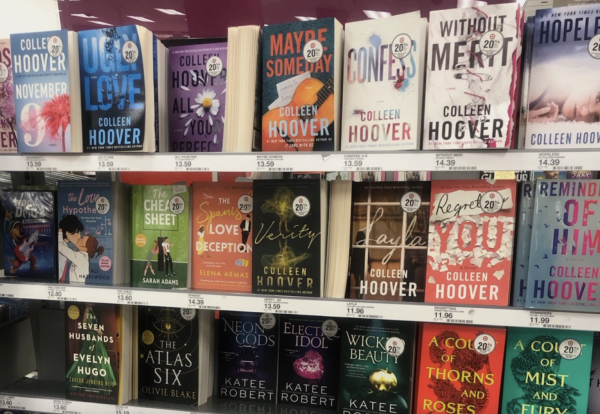
L Hurysz • Mar 10, 2022 at 1:33 pm
I never knew this about Name That Book. Thank you so much for sharing your story
Kristen Davis-Owen • Mar 9, 2022 at 2:19 pm
Good Luck on Friday! No matter how it goes, I hope you will send this article to the organizers. It’s wonderfully written <3
Atahan Koksoy • Mar 8, 2022 at 2:02 pm
I’m glad that you discussed this. In some classes, I have also encountered very disturbing material that went unacknowledged, and I feel like giving these to students with no context provokes a really negative reaction, while these things could be more enjoyable or at least less terrible if we actually have a choice or know what we’re in for.